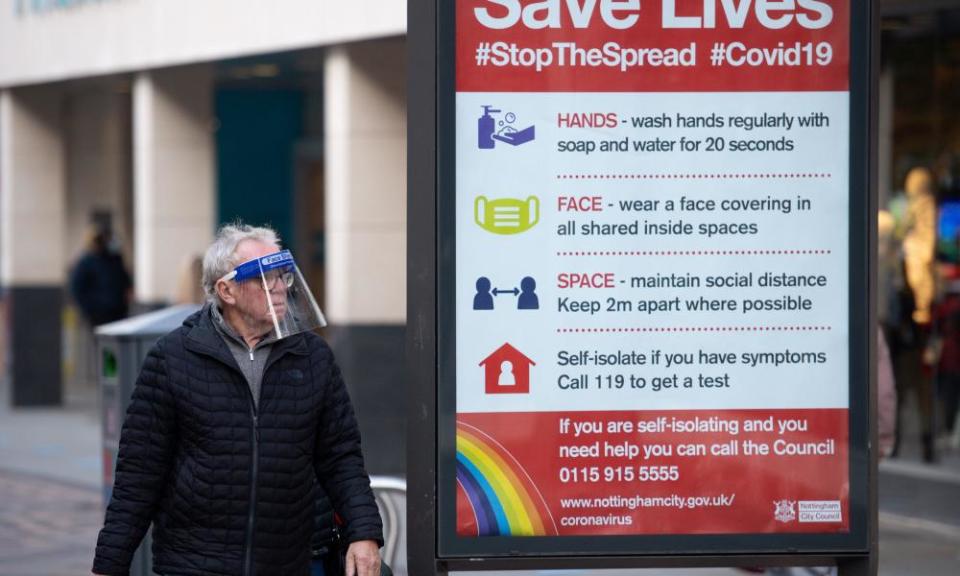Tier 2 lockdown rules in England: latest Covid restrictions explained

The government has announced that in England, areas deemed to require additional precautionary measures against the spread of coronavirus will be placed in one of three tiers of restrictions.
These go from tier 1, where the risk of coronavirus spread is described as medium, to tier 3, where the risk is described as very high.
default
Places in tier 2 include London, parts of Essex, Elmbridge in Surrey, Barrow-in-Furness, York, North East Derbyshire, Erewash in Derbyshire, Chesterfield, Cheshire West and Chester, Cheshire East, and Warrington.
Coventry, Stoke, Slough, Leicester, the West Midlands and Tees Valley are also in tier 2.
The restrictions also cover West Yorkshire including Leeds, Bradford, Kirklees, Calderdale and Wakefield, and the north-east including Newcastle, North and South Tyneside, Gateshead, Sunderland, Durham and Northumberland.
Nottingham will move from tier 2 to tier 3 at 12.01am on Thursday 27 October.
default
These local restrictions are on top of the general advice and guidance given in England on how to protect yourself against contracting the virus – frequent washing of hands, face coverings on public transport and within enclosed spaces, and social distancing by staying at least 2 metres apart (or 1 metre with a face covering or other precautions).
For areas in tier 2, the additional Covid restrictions mean:
People are prohibited from socialising with anybody outside their household or support bubble in any indoor setting.
Tradespeople can continue to go into a household for work.
The rule of six continues to apply for socialising outdoors, for instance in a garden or public space like a park or beach.
Businesses and venues can continue to operate, but pubs and restaurants must ensure that customers consume food and drink only while seated, and close between 10pm and 5am.
Takeaway food can continue to be sold after 10pm if ordered online or by phone.
Schools and universities remain open.
Places of worship remain open, but people may not mingle in groups of more than six.
Weddings and funerals can go ahead with restrictions on the numbers attending (15 and 30 respectively).
Exercise classes and organised sport can continue to take place outdoors but will only be permitted indoors if it is possible for people to avoid mixing with those they do not live with (or share a support bubble with), or for youth or disability sport.
Travel is permitted to amenities that are open, for work or to access education, but people are advised to reduce the number of journeys where possible.
If you are living in an area that is in tier 2, the NHS Covid-19 app will say that you are in “Local Covid alert – high”.
You can also check your area’s alert level by using the government’s postcode-checking service.
Due to the unprecedented and ongoing nature of the coronavirus outbreak, this article is being regularly updated to ensure that it reflects the current situation as best as possible. The most recent update will have been made at the date shown at the top of the article. Any significant corrections made to this or previous versions of the article will continue to be footnoted below in line with Guardian editorial policy.

